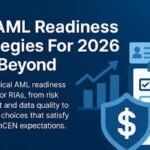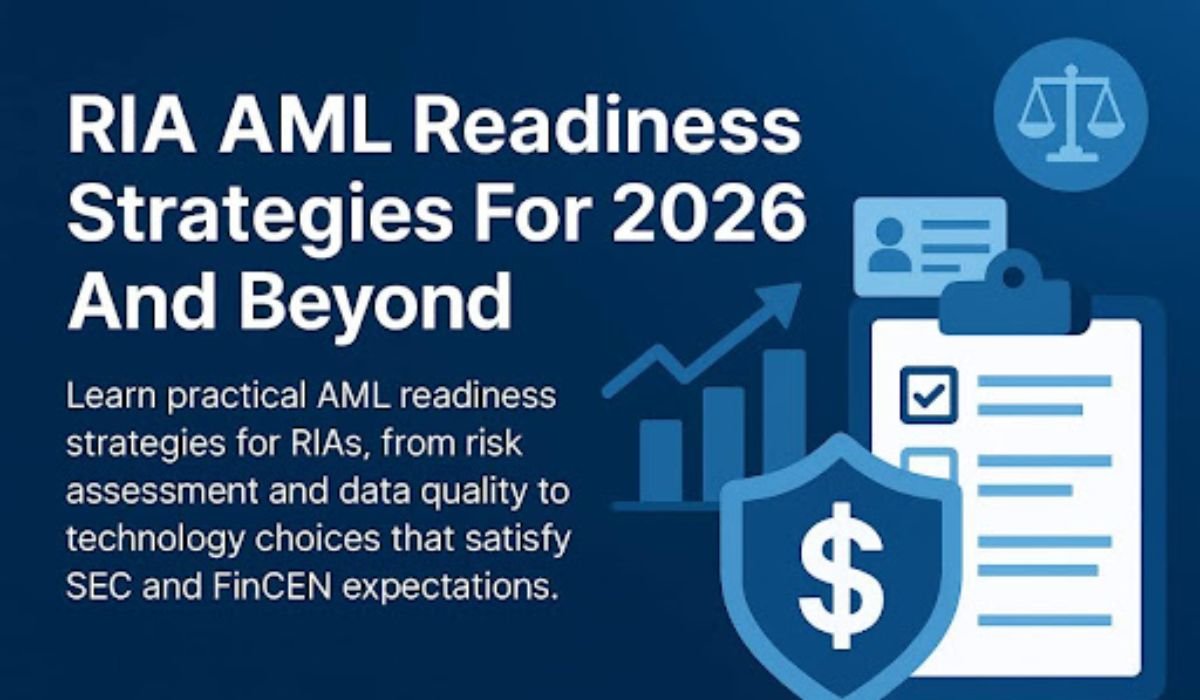Purchasing is more than a transactional activity; it’s a strategic lever that directly impacts profitability, supply chain performance, and enterprise growth. Yet, many organizations treat it as an administrative function, ignoring the mounting costs and inefficiencies hidden beneath routine operations.
Inefficient purchasing practices can lead to cost overruns, erode supplier trust, result in delayed deliveries, and miss growth opportunities. These issues, often overlooked until they create ripple effects, stem from deeper organizational, process, and cultural problems.
In this article, we examine the root causes of inefficiencies in enterprise purchasing by categorizing them into four key areas: people, processes, technology, and strategy. Understanding these interlinked challenges is the first step toward identifying sustainable purchasing problems and solutions that transform procurement into a true value driver.
People-Related Root Causes
A.Lack of Skilled Personnel
Many enterprises face a shortage of procurement professionals with in-depth knowledge of market dynamics, strategic sourcing, negotiation tactics, and compliance. Procurement teams often lack exposure to category management, supplier development, and data-driven decision-making.
Without the right skills, teams default to reactive buying rather than proactive sourcing, resulting in missed savings and poor contract terms. High turnover only compounds the problem, with institutional knowledge frequently lost and onboarding new hires becoming a recurring challenge.
B. Resistance to Change
Procurement teams often stick to what they know: manual systems, preferred vendors, outdated processes, even when better alternatives exist. This resistance stems from fear of job displacement, discomfort with technology, and a lack of awareness about the value of innovation. Organizational inertia hinders the adoption of automation, digital tools, and process improvements, resulting in a gap between best practices and current operations.
C. Poor Communication and Collaboration
Purchasing is rarely a standalone activity. When departments such as finance, production, and procurement fail to communicate effectively, the result is misaligned objectives, conflicting priorities, and costly delays. For example, production might require urgent supplies that procurement isn’t aware of due to a lack of visibility.
Fragmented communication also leads to duplicate efforts, contract conflicts, and supplier confusion. Cross-functional collaboration is essential to align procurement with business objectives.
D. Ethical Lapses and Lack of Transparency
Procurement decisions are vulnerable to bias and corruption. In the absence of clear ethics policies and audit trails, bribery, favoritism, and opaque vendor selections can creep in, risking compliance violations and reputational damage. Ethical lapses also reduce supplier trust and employee morale.
Companies require well-defined codes of conduct, conflict of interest declarations, and transparent mechanisms to promote accountability.
E. Overloaded or Understaffed Teams
Many procurement teams are stretched thin, juggling complex contracts, supplier negotiations, and internal stakeholder needs with limited resources. Procurement often becomes a reactive function, focusing on firefighting rather than long-term planning.
Understaffing leads to rushed decisions, skipped due diligence, order errors, and invoice mismatches. Investing in talent and improving team structure are key to enabling effective operations.
Process-Related Root Causes
A. Lack of Standardized Processes
When different departments or locations follow their own purchasing procedures, the organization loses consistency, visibility, and control. Inconsistent workflows hinder performance tracking, compliance enforcement, and supplier management. Standardized processes ensure that purchases follow the same rules, regardless of who initiates them, reducing the risk of maverick spending and improving audit readiness.
B. Manual and Paper-Based Processes
Manual requisitions, approvals, and record-keeping slow down the entire procurement cycle. They introduce errors, delay decision-making, and make it nearly impossible to gain timely insights into purchasing activities.
Paper-based systems hinder collaboration and scalability, especially in distributed teams or during remote operations. Digitizing procurement allows for faster processing, greater accuracy, and better visibility.
C. Inefficient Requisition-to-Pay Cycle
Procurement often suffers from complex, approval-heavy workflows that delay order placement and invoice payments. When requisitions get stuck in approval queues or mismatches occur between invoices and POs, both internal teams and suppliers are affected.
These inefficiencies impact cash flow, supplier relationships, and delivery timelines. Automating the procure-to-pay cycle reduces delays, minimizes human intervention, and ensures smoother operations.
D. Poor Vendor Management
Enterprises frequently lack structured processes to evaluate, onboard, and manage suppliers. This results in choosing vendors based on convenience rather than performance, leading to delays, quality issues, and unreliable service. Without KPIs, scorecards, and feedback mechanisms, there is no accountability.
Strategic supplier management involves onboarding protocols, contract reviews, risk assessments, and collaborative partnerships.
E. Inadequate Demand Forecasting and Planning
When procurement doesn’t have access to accurate sales or production forecasts, it either overstocks or understocks critical supplies. Overstocking leads to excess inventory costs and waste, while stockouts disrupt production and customer service. Emergency purchases typically come at a premium and compromise quality. Integrated planning systems and demand analytics tools help align procurement with business needs.
F. Limited Spend Visibility and Analysis
Without centralized, real-time data, it’s impossible to identify spending trends or leverage purchasing power. Disconnected spreadsheets or outdated reports lead to fragmented decision-making. Poor analytics prevent cost savings, vendor consolidation, and informed negotiation. Spend visibility tools allow teams to track expenditure by category, supplier, department, and region to uncover savings opportunities and enforce compliance.
Technology-Related Root Causes
A. Absence or Underutilization of Procurement Technology
- Many enterprises either lack dedicated procurement software or fail to use the full functionality of their ERP systems.
- As a result, teams rely on ad hoc methods that are inefficient and non-compliant. E-procurement platforms streamline sourcing, approval, contract management, and reporting, creating a seamless and trackable procurement workflow.
B. Fragmented IT Systems
- Disconnected systems across procurement, inventory, and finance force teams to re-enter data manually, increasing errors and delaying processes.
- Lack of integration also restricts the organization’s ability to get a unified view of the procurement lifecycle.
- A robust, integrated technology stack ensures consistency, accuracy, and traceability.
C. Poor Data Quality and Accessibility
- Procurement decisions are only as good as the data they rely on. Inaccurate, incomplete, or outdated purchasing data hinders reporting, audit readiness, and decision-making.
- Poor master data management (MDM) practices result in duplicate supplier records, missing contract terms, and ambiguous spend classification.
D. Lack of Analytics and Reporting Capabilities
- Without modern analytics tools, procurement teams can’t track supplier performance, assess risk, or evaluate spend efficiency.
- This lack of insight stalls continuous improvement. AI and predictive analytics offer deeper insights into pricing trends, demand patterns, and supplier health, empowering procurement teams to make faster, smarter decisions.
Strategic and Organizational Root Causes
A. Lack of a Defined Purchasing Strategy
Procurement often lacks a clear mission and long-term roadmap. It’s viewed as a back-office function focused only on cutting costs, rather than as a value-generating strategic partner. A defined strategy aligns procurement with business goals, drives innovation, and ensures resilience against market volatility.
B. Insufficient Executive Support and Investment
Without top-level backing, procurement struggles to secure funding for digital tools, process redesign, or staff training. When leadership doesn’t champion procurement transformation, initiatives stall, and the function remains reactive. Executive sponsorship is crucial to enable enterprise-wide changes.
C. Decentralized Purchasing Without Central Oversight
Decentralization can be efficient when managed well. But without centralized policy and oversight, organizations lose negotiating leverage, standardization, and visibility. Hybrid models that combine centralized strategy with localized execution offer the best of both worlds.
D. Risk Aversion
Fear of change keeps many enterprises tied to long-standing but underperforming vendors and inefficient methods. This hesitation stifles innovation and blocks cost-saving opportunities. A culture that rewards experimentation and risk-informed decisions helps unlock new value.
E. Focus on Price Over Total Cost of Ownership (TCO)
Organizations that focus solely on purchase price ignore hidden costs of maintenance, downtime, returns, service, and disposal. TCO analysis enables better supplier selection and long-term cost optimization. Procurement should work closely with finance, operations, and sustainability teams to assess lifecycle costs.
Conclusion
Inefficient purchasing doesn’t stem from a single issue. It’s the result of a tangled web of outdated processes, fragmented systems, misaligned teams, and overlooked strategy. These root causes feed into each other, worsening inefficiencies over time.
To overcome purchasing challenges, enterprises must look beyond quick fixes. Addressing these issues requires cross-functional collaboration, strategic investment, digital modernization, and a cultural shift that elevates procurement to a strategic function.
The benefits are significant: stronger supplier relationships, lower costs, improved agility, and a procurement function that drives, not drags, enterprise performance forward. When people, processes, technology, and strategy are aligned, purchasing becomes a driver of innovation, profitability, and long-term success.
READ ALSO: PLG Supplies: Your Strategic Partner in Industrial & Construction Excellence











